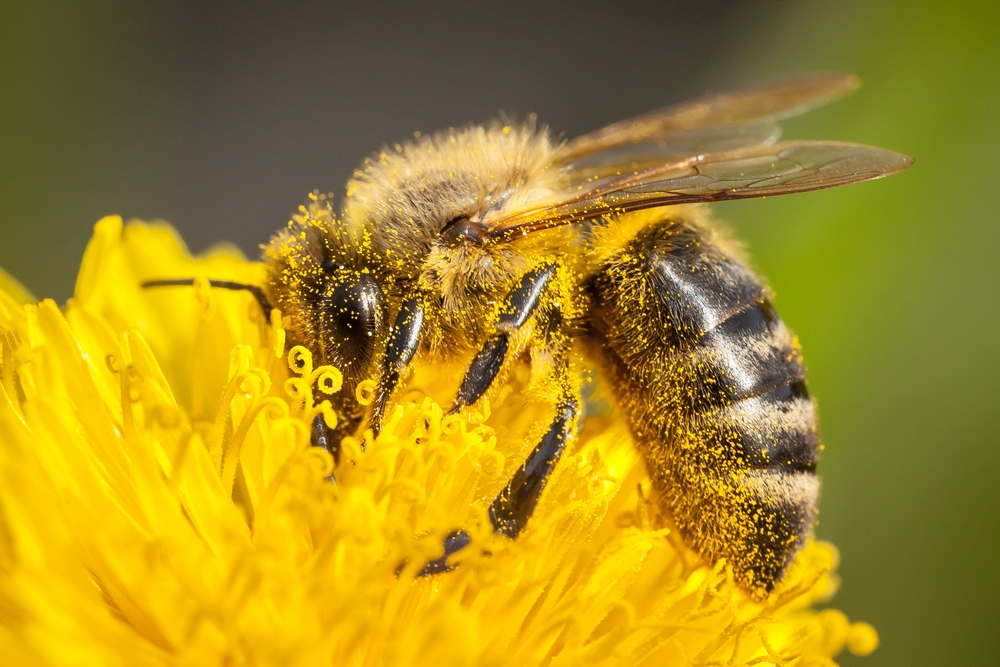Decoding the Dance of the Honeybee: Nature's Master Communicators
The intricate world of honeybees has long fascinated scientists and nature enthusiasts alike. These tiny insects, with their complex social structures and remarkable ability to work together, have developed an extraordinary method of communication that continues to astound researchers. This article delves into the fascinating realm of honeybee communication, exploring the intricacies of their waggle dance and the impact of this discovery on our understanding of animal behavior.

The Waggle Dance: A Language of Movement
The waggle dance is a series of precise movements performed by forager bees upon returning to the hive after discovering a rich food source. This intricate dance conveys three essential pieces of information to their hive mates: the direction of the food source in relation to the sun, the distance to the food source, and the quality of the nectar or pollen found there.
The dance consists of a figure-eight pattern, with a straight run through the center known as the waggle run. The angle of this run relative to the vertical surface of the honeycomb indicates the direction of the food source in relation to the sun’s position. The duration of the waggle run correlates with the distance to the food source, with longer runs indicating greater distances.
Decoding the Dance: A Scientific Breakthrough
Karl von Frisch’s groundbreaking research on honeybee communication spanned several decades and earned him a Nobel Prize in 1973. His meticulous observations and experiments revealed the intricate details of the waggle dance and its role in colony coordination.
Subsequent studies have further refined our understanding of this communication system, uncovering additional nuances in the dance language. For instance, researchers have discovered that the vigor of the dance and the number of circuits performed can indicate the quality and abundance of the food source, helping the colony prioritize its foraging efforts.
Beyond Direction and Distance: The Complexities of Bee Communication
While the waggle dance is perhaps the most famous aspect of honeybee communication, it is far from the only method these insects use to share information. Honeybees employ a variety of other signals and cues to coordinate their activities within the hive.
One such method is the use of pheromones, chemical signals that can convey information about the queen’s presence, alert the colony to danger, or coordinate defensive behavior. Additionally, bees use vibrations and touch to communicate, with certain behaviors like the tremble dance used to recruit more bees for nectar processing when the influx of nectar exceeds the hive’s processing capacity.
The Cognitive Implications of the Waggle Dance
The discovery of the waggle dance has had profound implications for our understanding of animal cognition. The ability of honeybees to translate complex spatial information into a symbolic language and then decode this information back into navigational instructions demonstrates a level of cognitive sophistication previously thought to be the exclusive domain of higher vertebrates.
Recent research has shown that bees can even communicate abstract concepts through their dances, such as the need to search for a new nest site during swarming. This suggests that the bee’s dance language may be more flexible and adaptable than initially thought, raising intriguing questions about the limits of insect intelligence.
Challenges to Bee Communication in the Modern World
As fascinating as the waggle dance is, it faces challenges in today’s changing environment. Habitat loss, pesticide use, and climate change all pose threats to honeybee populations and their ability to communicate effectively.
For example, some studies suggest that exposure to certain pesticides can impair bees’ ability to perform and interpret the waggle dance accurately. Additionally, changes in landscape due to urbanization and agricultural intensification can make it more difficult for bees to navigate using their dance-based directions.
Applications and Future Research
Understanding honeybee communication has applications beyond the realm of pure scientific interest. This knowledge can be applied to improve beekeeping practices, enhance crop pollination strategies, and inform conservation efforts for these critical pollinators.
Future research in this field may focus on further decoding the subtleties of bee communication, exploring potential dialects among different honeybee species, and investigating how bees adapt their communication strategies in response to environmental changes.
As we continue to unravel the mysteries of the waggle dance and other forms of bee communication, we gain not only a deeper appreciation for these remarkable insects but also valuable insights into the broader world of animal cognition and behavior. The dance of the honeybee serves as a powerful reminder of the complex and often hidden languages that exist in the natural world, waiting to be discovered and understood.





